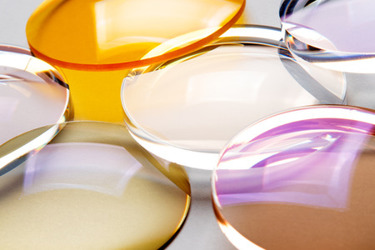An Introduction To Optical Coatings

Optical coatings are essential for optimizing the performance of optical components. By carefully selecting and applying thin layers of materials like oxides, metals, or rare earth elements, we can significantly improve transmission, reflection, or polarization properties. These coatings are typically designed to enhance a specific aspect of light interaction, such as reducing glare or increasing reflectivity.
The effectiveness of an optical coating depends on various factors, including the number of layers, their thickness, and the refractive index difference between them. Different coating techniques, such as ion-assisted electron-beam evaporative deposition, ion beam sputtering, and plasma-assisted reactive magnetron sputtering, are used to create these coatings. Each method has its own advantages and disadvantages, making it suitable for specific applications.
Explore the wide range of applications, from cameras and microscopes to medical devices and laser technology. By understanding the principles behind optical coatings and the various manufacturing methods available, we can leverage their benefits to create innovative and high-performance optical systems.
Get unlimited access to:
Enter your credentials below to log in. Not yet a member of Photonics Online? Subscribe today.
